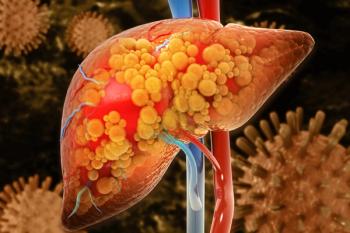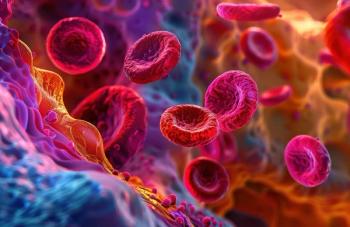
Improved Health and Cost Savings Possible With 9vHPV Vaccine Against Cervical Cancer
A cost-economic analysis by researchers at the Yale School of Public Health has found that switching to Gardasil-9, which protects against 9 oncogenic serotypes of the human papillomavirus, would provide improved health benefits at the same or lower societal cost.
A cost-economic analysis by researchers at the Yale School of Public Health has found that switching to
Currently, there are 3 FDA-approved vaccines, targeting the most common forms of HPV, available in the United States: Gardasil (4vHPV), Cervarix (2vHPV), and Gardasil-9 (9vHPV). The
According to the authors, it will be. 9vHPV, they write, can avert more cervical cancer cases and deaths than 2vHPV/4vHPV through 2050 for any coverage: applying current stat-specific coverage rates, the 2v/4v combination was projected to reduce the incidence of cervical cancer by 63% (95% CI, 50-73%) and mortality by 43% (95% CI, 22-58%), while the 9v alone would reduce incidence by 73% (95% CI, 62-81%) and mortality by 49% (95% CI, 30-62%).
In terms of cost effectiveness, the authors estimated the quality-adjusted life years (QALYs) gained, vaccination costs, and total societal costs by switching to 9vHPV, for a range of scenarios. One of the scenarios, which considered a complete switch to 9vHPV, estimated a gain of 65,000 QALYs—this move would mean expanding the 2vHPV/4vHPV vaccination to an additional 11% of the population: an increase from about 40% to 50% in girls and from 21.6% to 32.6% in boys. This in turn would cost an estimated $2.7 billion more to the society as opposed to using 9vHPv at current coverage for the same benefit, the authors write.
The authors present several other scenarios in their study and calculate the incremental cost-effectiveness ratios for different states. Their results have led them to conclude that expanding coverage for vaccination against cervical cancer in states with the lowest coverage would have the most impact on national cervical cancer outcomes. The authors suggest that locally targeted programs to improve vaccination coverage, in tandem with switching to 9vHPV, would have a substantial impact on outcomes: both health and financial.
Reference
Durham DP, Ndeffo-Mbah ML, Skrip LA, Jones FK, Bauch CT, Galvani AP. National- and state-level impact and cost-effectiveness of nonavalent HPV vaccination in the United States [published online April 18, 2016]. PNAS. doi:10.1073/pnas.1515528113.
Newsletter
Stay ahead of policy, cost, and value—subscribe to AJMC for expert insights at the intersection of clinical care and health economics.












































